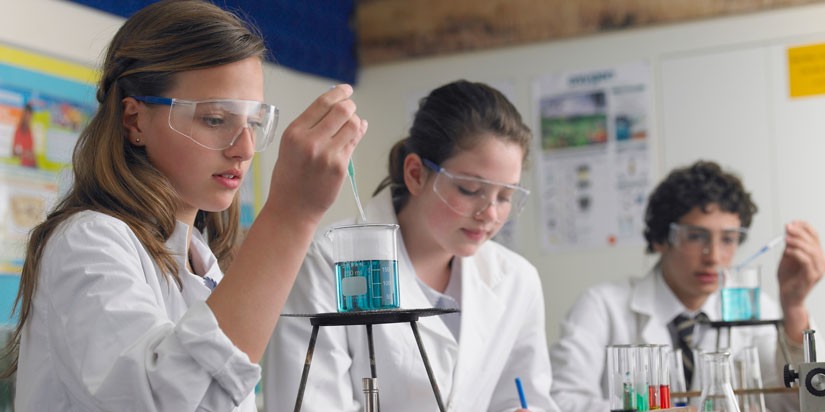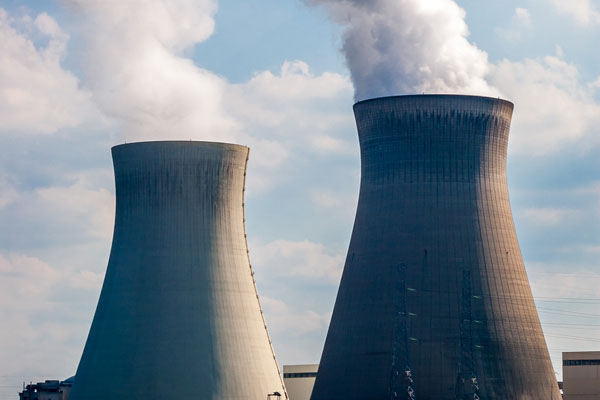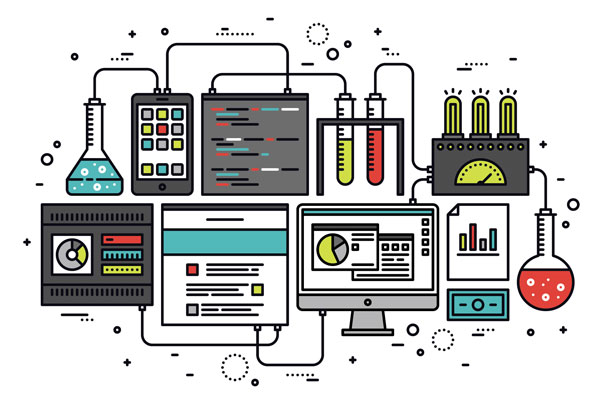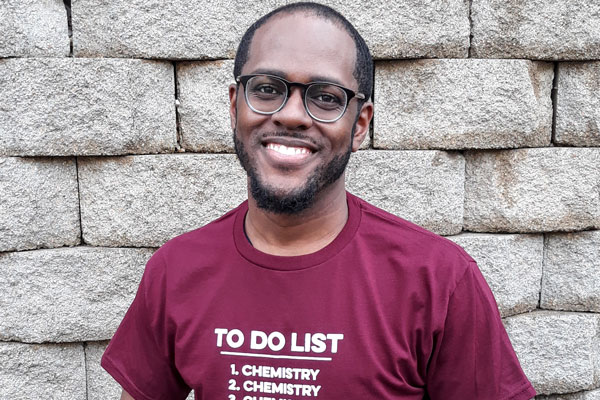
Downloads:
Years ago, there was a chemistry textbook series titled: Interdisciplinary Approaches to Chemistry. The first module was called “Reactions and Reason: An Introduction to Chemistry.”
The series began with a lab exercise in which each pair of students was given a set of reagents in dropper bottles labeled A–E. After students were briefed on safety procedures they were instructed to combine small amounts of one of the reagents with the other. Students would mix A with B, A with C and so on. They were told to carefully record their observations in a table provided for them.
The next day, the teacher asked students to report their results, which were recorded on a chart at the front of the classroom. Some students were in agreement with what they saw when they mixed A with B, and A with C, but others disagreed and had wildly different observations. This led to a spirited discussion about who had the right answers.
What was not obvious was that different students had different sets of reagents. The students on one side of the lab bench had been given one set, while the pair of students across the table had a different set, although both sets had the same initial appearance.
As a result, when B was mixed with D on one side of the table they saw no reaction. On the other side when B was added to D, it formed a clear, deep blue solution. A number of students had one set of observations, while others had something quite different. All of this culminated in the key question: Who is right?
It was reasonable for the students to assume all the bottles were the same. It was reasonable for the students to assume the instructor was not going to deceive them. But when their observations did not match their assumptions it was time to revisit their evidence and make sure their conclusions were based on good observations.
This created a perfect opportunity to demonstrate the nature of science. Rather than continuing to debate or to vote on which observations were correct, students were encouraged to go back to the lab and check their results.
Back in the lab, students were able to demonstrate they were both correct and they could verify their results with evidence. The students correctly asserted that there were two different sets of reagents given to the class, which led to the different results.
However, in each class, a few students had quite a different experience. These students reported they had the same result as the group working across from them, even though the other group had totally different reagents in their bottles! So, why did they do this?
There are a couple of reasons why some of the students didn’t write down what they actually saw. Some perhaps never bothered to do the experiment at all and just copied another group’s result. Perhaps others saw what was happening across the lab table and assumed they made a mistake when they mixed their own reagents. Uncertain about their own work, they decided the others must be right. This urge to be correct had them write down an observation they didn’t make and ignore their own results.
We can be led down a path to misunderstanding when we don’t make a distinction between observations and assumptions. When we see a glass of clear, colorless liquid, we might assume it is a glass of water. The reality may be far different. There are many clear, colorless liquids other than water. The fact that nearly every glass we encounter contains water doesn’t mean it’s always the case.
Sometimes we believe our assumptions so strongly that it can lead to something called confirmation bias. Confirmation bias is about improperly weighting, misinterpreting, or even disregarding unexpected observations. Confirmation bias is a real issue in science, because everyday science involves making predictions about the course of experiments. We may be more tempted to believe our results when they conform to our assumptions than when they don’t.
This was admittedly a difficult experiment to spring on students so early in their study of chemistry. Many students come into their first chemistry course already apprehensive about it being too complicated to understand.
But the exercise definitely raises some fundamental questions about how we know what we know. All of us have preconceptions about how the world around us works. Science involves building models of how the world ought to work and using them to predict behavior of the world around us. When the world conforms to our predictions, we tend to accept the outcome, and when it does not, we are skeptical or may even refuse to believe what we see.
We all make lots of decisions every day. Being able to question assumptions based on evidence and use our observations to make good choices is essential. How well can we do it? That is open for discussion.





